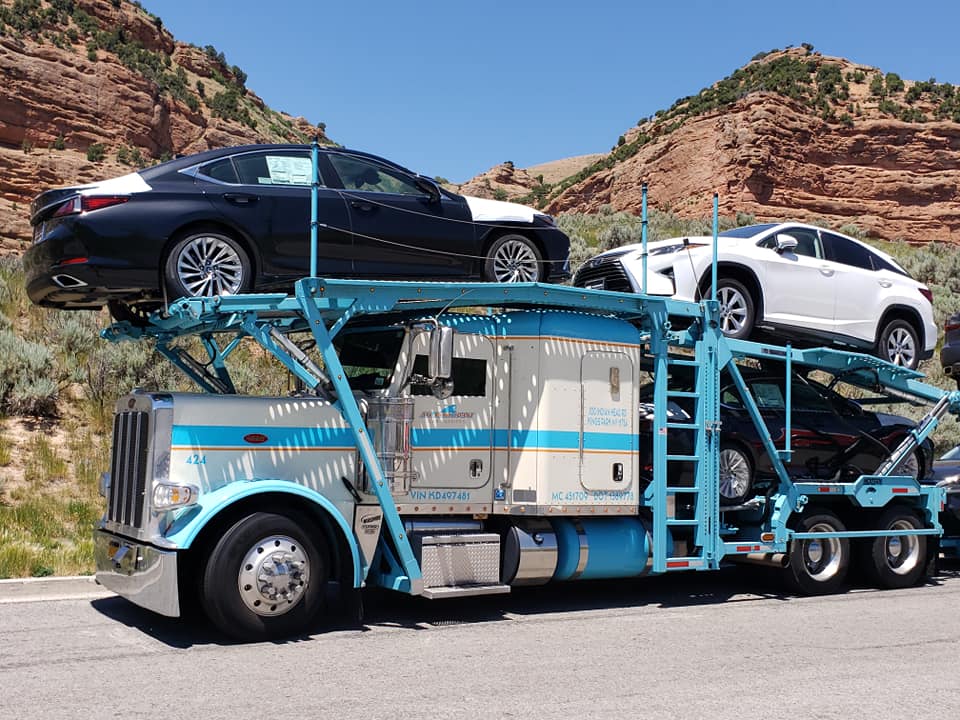
What If My Car Is Damaged During Transport?
Hopefully if you are about to ship your car, you are doing your research. One unfortunate possibility is that of damage to your vehicle. Damage can occur with anything you ship, and with your car’s sensitive exterior exposed to the elements, it is no exception. The good news is you are protected by the Bill Of Lading, and if you are patient and take a few easy steps, you’ll be covered every time.
What is a Bill of Lading?
According to Wikipedia, “A bill of lading is a standard-form document that is transferable by endorsement (or by lawful transfer of possession).” In car shipping, this document will have a schematic of the vehicle, terms and conditions, and signature lines for both the driver and the customer. They fill it out together at the time the car is picked up. The driver is trained to inspect the car meticulously in order to find any pre-existing damages or issues with the car and mark them on the BOL. Both customer and driver should only sign when they are satisfied that everything has been accounted for and they have agreed on the condition of the car. We also refer to it more cordially as a Condition Report for this reason.
Is This Inspection Going Overboard?
It may seem like the driver is being an overachiever trying to find every little scratch or blemish on your car. Some customers, especially ones with a passion for their car, have even been known to feel offended by this inspection. Don’t take it personally! The driver is being thorough because in the event of a damage, they will be held responsible and could lose their job.
Delivery inspection is critical!
This is the part of a car shipping transaction that most people rush through and end up making a huge mistake. After your car has been shipped on a tractor trailer for hundreds of miles, take 5 minutes to walk around the car with the driver to notate any new dings, dents or scratches on the BOL in the note section before you sign. This will give you legal documentation that there was a problem during transit and damage occurred. 9 times out of 10 the carrier will go ahead and pay the claim out of pocket as soon as possible in order to avoid an insurance claim, and you’ll be good to go.
I Didn’t Notice Any Damage Until Weeks Later
If you had the car delivered at night, or you rushed to sign and drive, you may end up in a frustrating situation. Once you sign the BOL and take delivery of the vehicle, the carrier is no longer responsible for any damages you may find afterward. You consented to a claim that there was no new damage at the time of signing if nothing was noted on the BOL. In reality, there is no way to prove that the car was damaged in transit at that point. Lots of things have the potential to cause scratches and dents; how do you know it wasn’t a rogue shopping cart or the consequence of a shoddy parking job by one of your neighbors?
Car Transport Damages Are Obvious
If your car is damaged on a car carrier, chances are you’ll know it right away. Most of the time, the damages are very obvious and indisputable. These types of damages occur due to a driver’s mistake using the hydraulics on the trailer or while loading and unloading the vehicles. Typically, you’ll see marks on the roof from the hydraulic decks, or scratches under the bumpers due to a lazy driver not using ramps properly.
If you are working with a reputable Carrier who cares about their relationship with you, they will make sure they do what is right. Be thorough in your pickup and delivery inspections with the driver. If you do find damages, try to remain calm and understand that even the most experienced people sometimes make mistakes. A reputable carrier will take care of the problem to keep you happy, and it always happens faster if both parties keep a respectful attitude.
